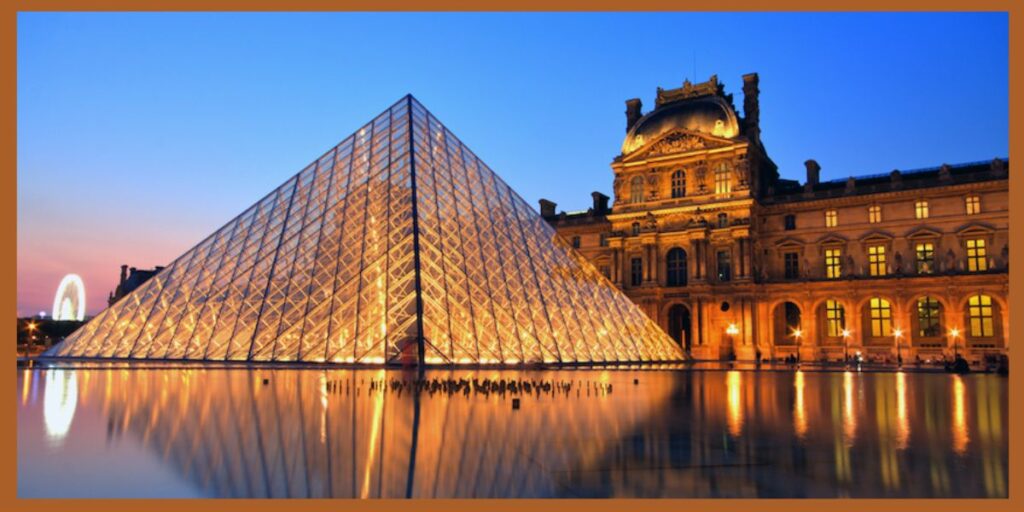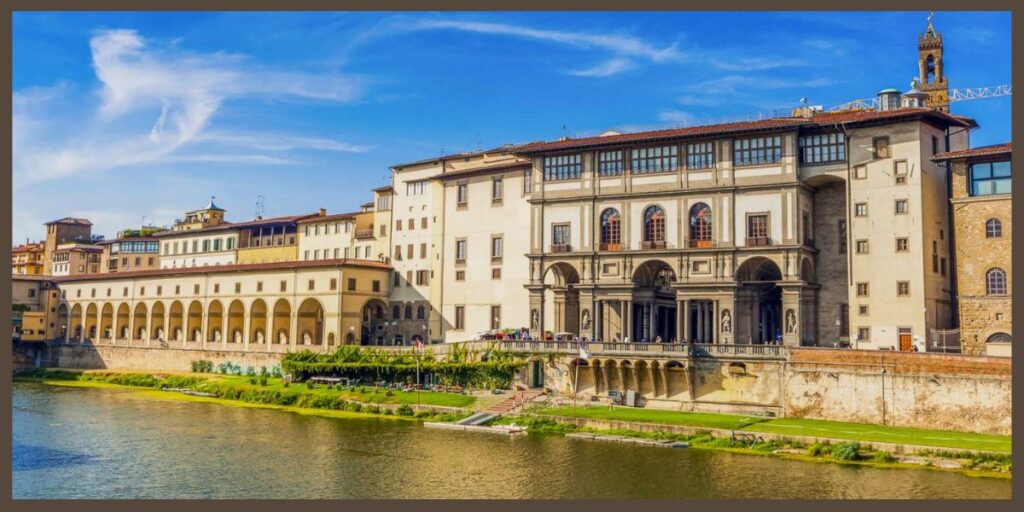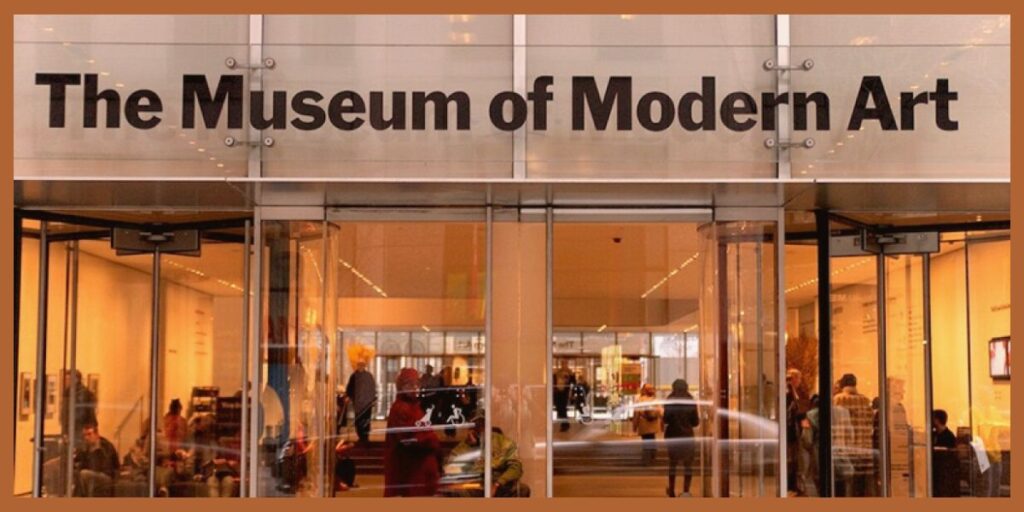Museums are treasure troves of culture, history, and art. They offer glimpses into the past, insights into different cultures, and displays of artistic achievements that have shaped human civilization. Here are ten of the most famous museums in the world, each with its unique charm and significance.
The Louvre (Paris, France)
The Louvre, located in Paris, France, is the world’s largest and most visited museum. It is home to over 38,000 objects spanning from prehistory to the 21st century. The museum’s most famous piece is undoubtedly Leonardo da Vinci’s “Mona Lisa,” but it also houses works by Michelangelo, Raphael, and Rembrandt. The Louvre itself is a historical monument, originally built as a fortress in the late 12th century.
The British Museum (London, England)
The British Museum in London is renowned for its extensive collection of art and artifacts from all over the world. Its vast holdings include the Rosetta Stone, the Elgin Marbles, and the Egyptian mummies. Founded in 1753, it was the first national public museum in the world and remains one of the largest, with a collection spanning over two million years of history.
The Metropolitan Museum of Art (New York City, USA)
The Metropolitan Museum of Art, commonly known as the Met, is located in New York City and is one of the largest and most prestigious art museums in the world. Its collection includes over two million works, ranging from ancient Egyptian artifacts to contemporary American art. Highlights include the Temple of Dendur, Van Gogh’s “Self-Portrait with a Straw Hat,” and the Costume Institute’s annual Met Gala.
The Vatican Museums (Vatican City)
The Vatican Museums, located in Vatican City, are a series of art and Christian museums that display works from the immense collection amassed by the Catholic Church over centuries. Highlights include the Sistine Chapel with Michelangelo’s ceiling and “The Last Judgment,” the Raphael Rooms, and the Gallery of Maps. Founded in the early 16th century, the museums attract millions of visitors each year.
The Uffizi Gallery (Florence, Italy)
The Uffizi Gallery in Florence, Italy, is one of the most important Italian museums and one of the most visited in the world. Its collection primarily consists of Renaissance artworks, with masterpieces by artists such as Botticelli, Michelangelo, Leonardo da Vinci, and Raphael. The Uffizi also offers stunning views of the Arno River and the Ponte Vecchio.
The State Hermitage Museum (St. Petersburg, Russia)
The State Hermitage Museum in St. Petersburg, Russia, is one of the largest and oldest museums in the world, founded in 1764 by Catherine the Great. Its collection includes over three million items, with a wide range of art and cultural artifacts from all over the world. Highlights include works by Rembrandt, Raphael, and Titian, as well as an extensive collection of Fabergé eggs.
The Prado Museum (Madrid, Spain)
The Prado Museum in Madrid, Spain, is renowned for its collection of European art. Dating from the 12th century to the early 20th century. The museum boasts masterpieces by Velázquez, Goya, Rubens, and Bosch. Highlights include Velázquez’s “Las Meninas,” Goya’s “The Third of May 1808,” and Bosch’s “The Garden of Earthly Delights.”
The Rijksmuseum (Amsterdam, Netherlands)
The Rijksmuseum in Amsterdam, Netherlands, is dedicated to Dutch art and history. It houses a vast collection of works from the Dutch Golden Age, including masterpieces by Rembrandt, Vermeer, and Hals. Highlights include Rembrandt’s “The Night Watch,” Vermeer’s “The Milkmaid,” and a large collection of Asian art. The museum’s stunning buildings and gardens are attractions in their own right.
The Museum of Modern Art (New York City, USA)
The Museum of Modern Art (MoMA) in New York City is one of the most influential modern art museums in the world. Its collection includes works by Picasso, Warhol, Van Gogh, and many other modern and contemporary artists. Highlights include Van Gogh’s “Starry Night,” Picasso’s “Les Demoiselles d’Avignon,” and Warhol’s “Campbell’s Soup Cans.” MoMA is known for its innovative exhibitions and its role in promoting modern art.
The Smithsonian Institution (Washington, D.C., USA)
The Smithsonian Institution in Washington, D.C., is a group of museums and research institutions, known as the “nation’s attic” for its eclectic and vast collection. The National Museum of Natural History, the National Air and Space Museum, and the National Museum of American History are among its most visited. The Smithsonian’s collections include everything from dinosaur fossils to the Wright brothers’ airplane, the Apollo 11 command module, and the Star-Spangled Banner.
Conclusion:
These ten famous museums represent the pinnacle of cultural preservation and artistic display. Each museum offers a unique window into the history, art, and culture of different civilizations and eras. Whether you’re an art enthusiast, a history buff, or a curious traveler, these museums provide a wealth of knowledge and inspiration. Visiting any of these institutions is not just an educational experience but also a journey through time and across the globe.







